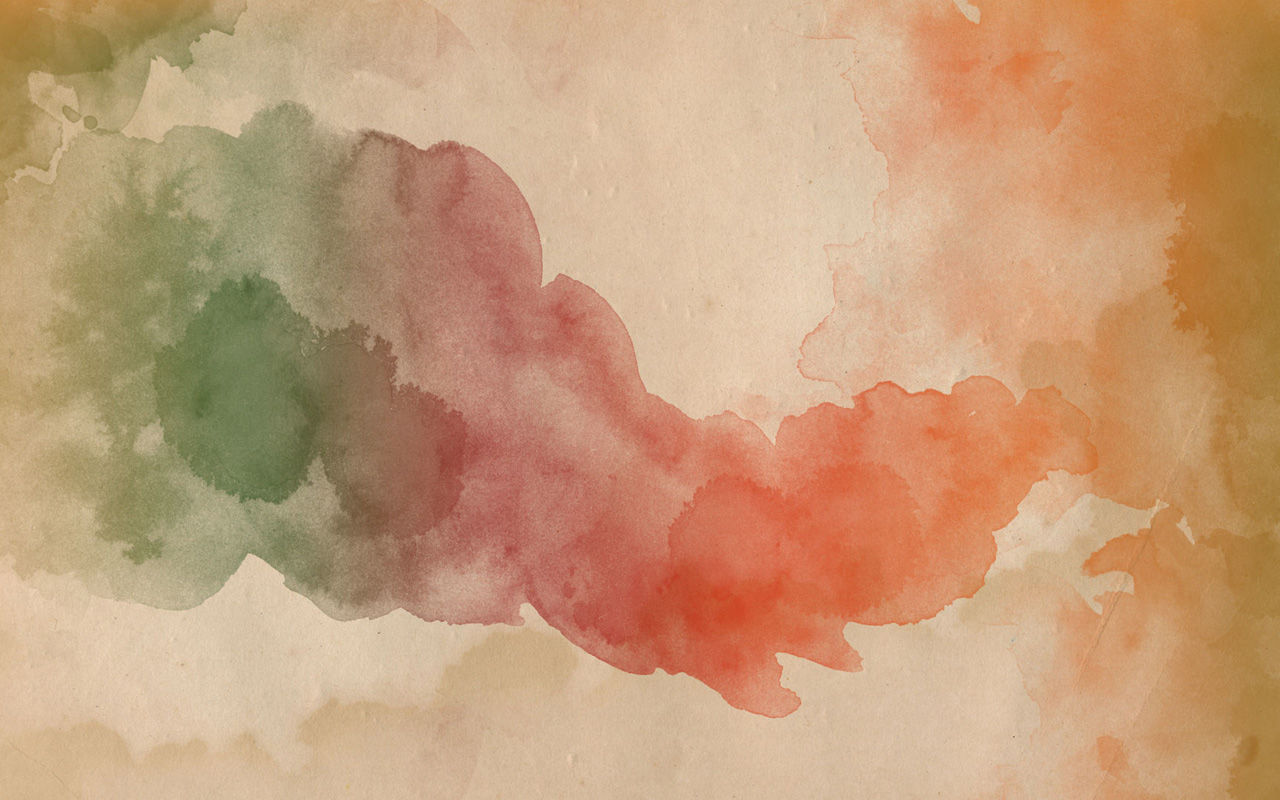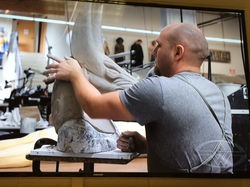
Claire Golby
Level 5
Dramatic Contexts
 |
|---|
 |
 |
 |
 |
 |
 |
 |
 |
 |
-
Armatures - a framework around which a sculpture is built. It lends support and acts as a base to hold up the sculpt.
-
Wed clay: is inexspensive, does dry out, doesn't need warming up, can be blow dried to dry it out or have water added to it to make it more malleable
-
When sculpting things that require symmetry, like faces, draw a line down the centre to help make sure both sides match up
-
A cerrated kidney is a tool that can be used to smooth over large areas. If the surface is bent the tool can also bend to fit the shape. He used it alot to help even and smooth out the clas on the back of the Anubis sculpt.
-
He used a damp stipple sponge to smooth away a lot of the initial rougher lines, which also moistened the clay making it easier to work with. He kept the stipple sponge in a bowl of water in between using it so that the clay didn't block up all the holes.
-
Towards the end with the finer details, he dried the clay out slightly with a hairdrier and then sculpted them in so that the edges where sharp and defined.
-
To get a really smooth finish at the end, he used a damp sponge for the large areas and a damp paintbrush for the detailed areas.
In order to try and learn more about sculpting techniques and how to work with clay, I watched this DVD. The piece that Timothy Martin sculpted was an Anubis figure for a low budget film where it wasnt necessary to be very histoircally accurate, so he freehanded a lot and didn't need to reference many images, as he had some leeway with his artistic freedom. It was very interesting to watch, and also to learn about wed clay, as apposed to La Beau Touche which we used in class. I also made notes to takeaway and use in practise:
Speed Sculpting in Wed Clay
Timothy Martin
(Stan Winstone DVD)
Martin, T. Speed Sculpting in Wed Clay, 2011. USA